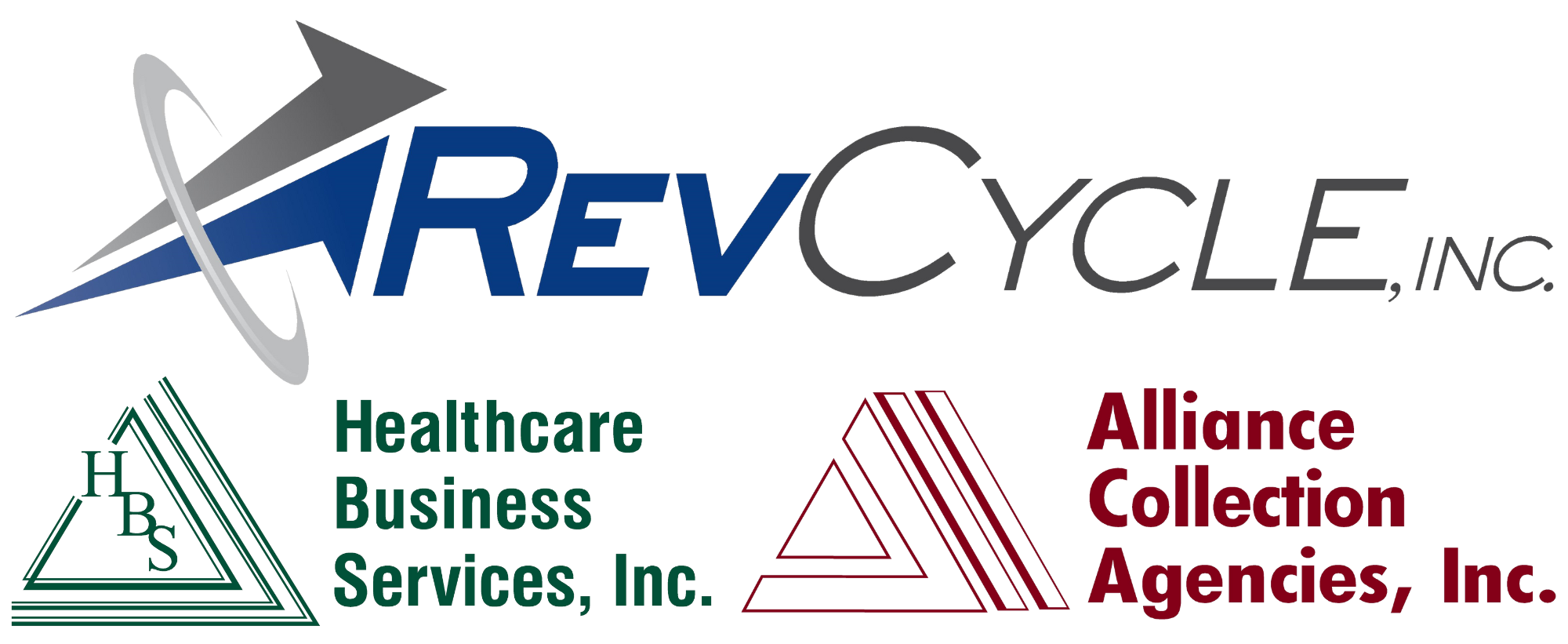Patient access, often overlooked as a mere administrative function, is the linchpin that connects patients to care. It encompasses the systems and processes that determine how easily patients can obtain healthcare services, from finding a provider to scheduling appointments and understanding billing. A well-optimized patient access department is crucial for delivering timely, high-quality care, improving patient satisfaction, and driving financial success.
The Importance of Patient Access
- Enhanced Patient Experience: A seamless patient access experience fosters trust and loyalty. Patients who can easily schedule appointments, understand their financial responsibilities, and navigate the healthcare system are more likely to be satisfied with their care.
- Improved Health Outcomes: Timely access to care is essential for preventing and managing chronic conditions. Delays in care can lead to complications and increased healthcare costs.
- Increased Revenue: Efficient patient access processes contribute to a robust revenue cycle. Accurate patient demographics, insurance verification, and authorization management reduce claim denials and improve cash flow.
- Operational Efficiency: A well-organized patient access department streamlines administrative tasks, allowing healthcare providers to focus on delivering patient care.
- Regulatory Compliance: Patient access functions are subject to various regulations, including HIPAA and ACA. Strong patient access processes help ensure compliance and mitigate risks.
Optimizing Your Patient Access Program
To ensure your patient access program is delivering optimal results, consider the following checklist:
- Patient-Centric Approach:
- Offer multiple channels for scheduling appointments (phone, online, mobile app).
- Provide clear and concise information about services, costs, and insurance coverage.
- Implement patient self-service options for appointment reminders, billing inquiries, and demographic updates.
- Streamlined Processes:
- Utilize advanced scheduling software to optimize appointment availability.
- Implement electronic health records (EHR) for efficient data capture and sharing.
- Automate insurance verification and eligibility checks.
- Establish clear communication protocols between patient access and clinical staff.
- Staff Training and Development:
- Provide ongoing training on patient access best practices, customer service, and regulatory compliance.
- Empower staff to make decisions and resolve patient issues efficiently.
- Performance Measurement and Improvement:
- Track key performance indicators (KPIs) such as appointment wait times, no-show rates, and first-pass insurance claims.
- Analyze data to identify areas for improvement and implement corrective actions.
- Technology Integration:
- Invest in patient access software that integrates with your EHR and other systems.
- Leverage technology to enhance patient communication and engagement.
Conclusion
A well-functioning patient access department is a strategic asset for healthcare organizations. By prioritizing patient experience, streamlining processes, and leveraging technology, healthcare providers can improve patient satisfaction, enhance operational efficiency, and achieve financial success. By focusing on patient access and implementing the strategies outlined in this blog, healthcare organizations can build a strong foundation for delivering exceptional care and achieving long-term success.

